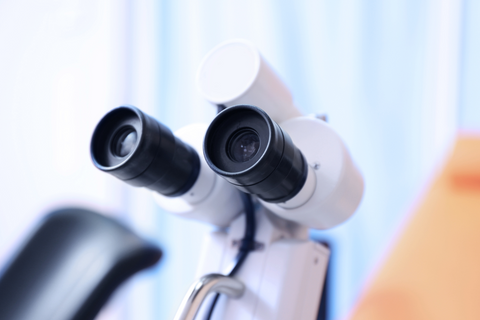Facial fat grafting surgery in Korea

Facial Fat Grafting Surgery in Korea
As we age, various parts of the body experience a decrease in fat tissue, but especially noticeable is the loss of support structures such as bones, muscles, and fat in the face, which changes the texture of the skin and accentuates signs of aging.
Particularly, forehead flattening, nasolabial folds, receding temples, and sunken cheeks are common, resulting in a more masculine and strong appearance.
In such cases, considering fillers or fat grafting becomes necessary to revive facial vitality. Using fillers to plump up sunken areas can create a much softer and more dimensional face. Alternatively, fat grafting allows for a semi-permanent effect since it uses one's own fat, which minimizes allergic reactions and ensures long-lasting results without absorption over time. Therefore, this seeks to explore the advantages, precautions, and processes involved in fat grafting surgeries in Korea.

Fat Grafting Is Recommended For
- Those with deep and prominent wrinkles that make them appear older.
- Individuals who want to fill out facial volume and improve contours.
- Those with marionette lines or deeply sunken areas.
- Individuals with excess fat in other parts of the body.
- Those concerned about sunken forehead, temples, cheeks, nasolabial folds, under-eye hollows, or lack of chin definition.

The Process of Autologous Fat Grafting Surgery in Korea
The process of autologous fat grafting surgery in Korea can be divided into fat harvesting and injection stages. To obtain fat, donor sites such as the abdomen, thighs, and buttocks are commonly used. A very small incision is made at these sites, and a cannula is inserted to harvest fat, which is then purified through centrifugation to extract only pure fat cells. Subsequently, these purified fat cells are injected into the areas where transplantation is needed. The surgery typically takes about an hour or so to complete.

Advantages of Autologous Fat Grafting Surgery in Korea
- By using one's own fat, it reduces the risk of infection, allergies, and other side effects.
- It allows for immediate return to daily activities after the procedure.
- While fillers typically last around 6 months to 1 year, some of the transplanted fat can potentially remain permanently.
- It has been reported that including stem cells during fat grafting not only enhances the engraftment rate but also improves skin quality.

Points to Consider During Autologous Fat Grafting Surgery in Korea
- The survival rate of transplanted fat can vary due to factors such as the fat harvesting process, the patient's health status post-surgery, and lifestyle habits.
- When injecting refined fat, injecting a large amount at once in a concentrated manner can lead to poor blood supply, causing fat necrosis and fibrosis.
- While fat grafting is possible for most areas of the face, it is not suitable for lips and nose.
- Liposuction for fat harvesting for fat grafting should not be expected to achieve significant weight loss but rather a minimal reduction.
- Swelling and bruising are common after fat grafting surgery and can last from a minimum of 2 weeks to potentially over a month.
- Maintaining a stable weight after fat grafting is crucial for achieving successful results.
Benefits of Fat Transfer Procedures in Korea
- Uses high-performance centrifuges to harvest only pure fat.
- Injecting small fat particles to ensure smooth grafting without lumpiness.
- Layered injection to prevent fat clumping, thereby enhancing graft survival and improving volume.
- Benefits include improved facial contours, enhanced skin elasticity, and tightening effects.
Get a consultation from a specialist in fat grafting in Korea.

